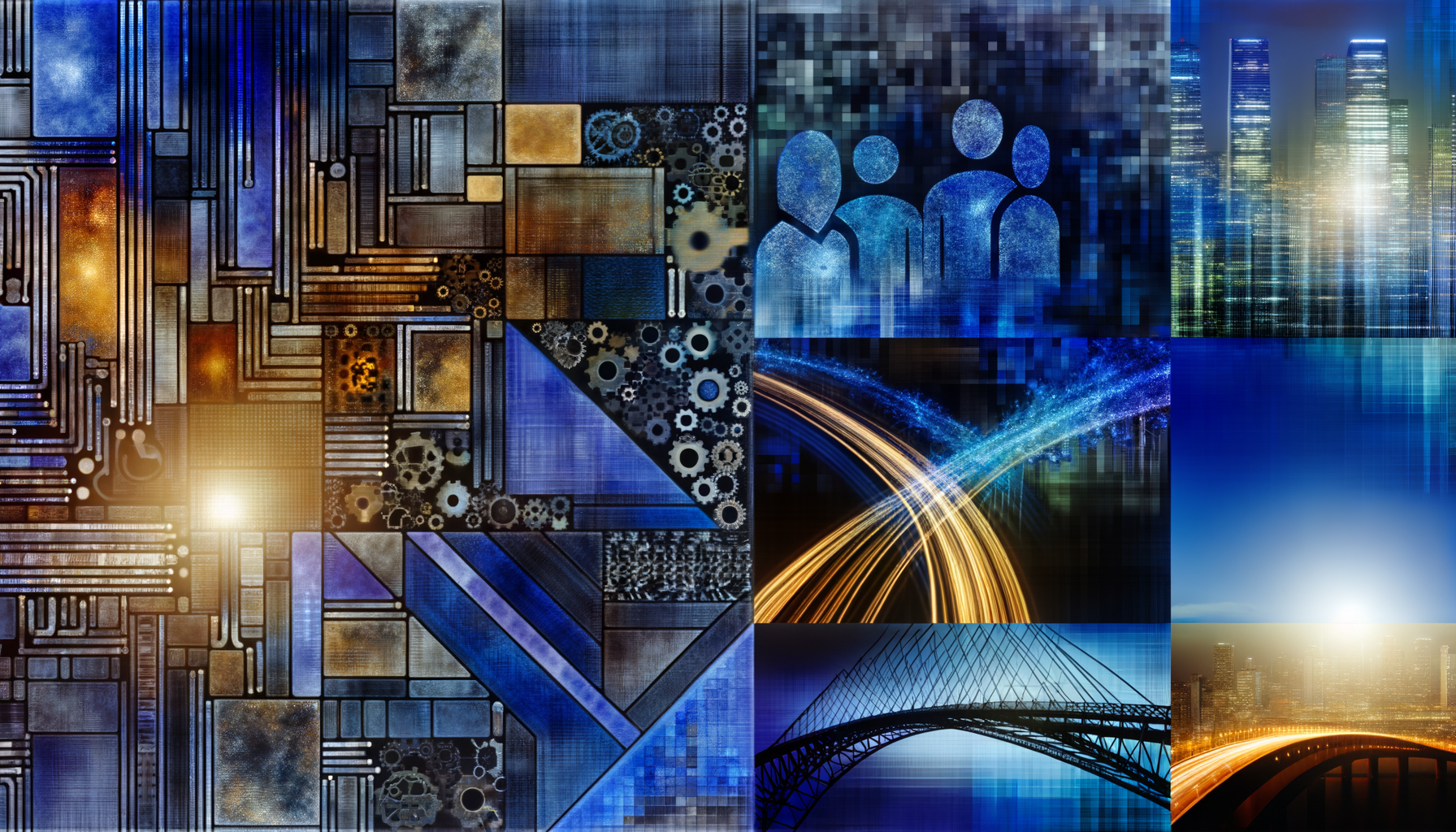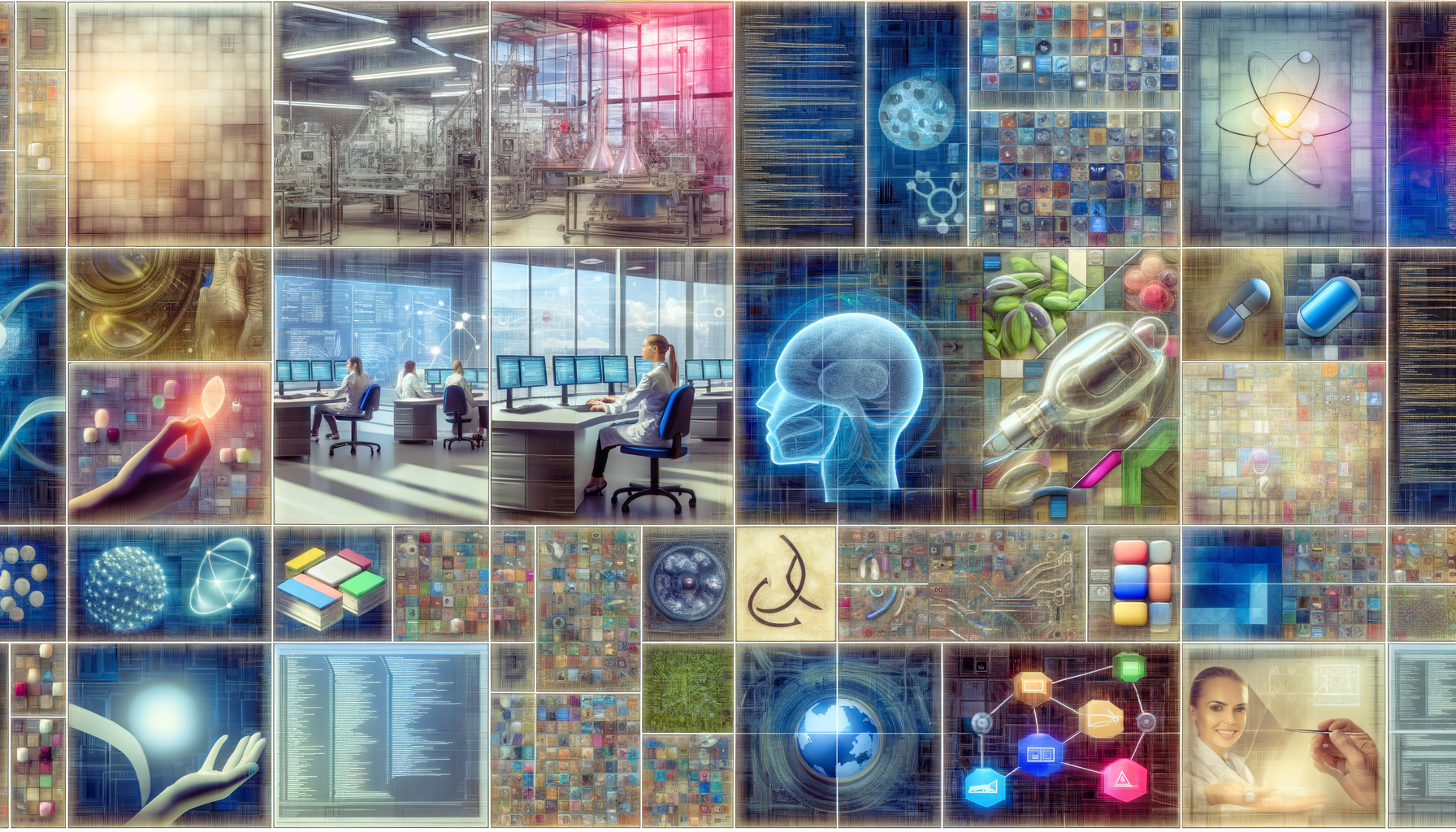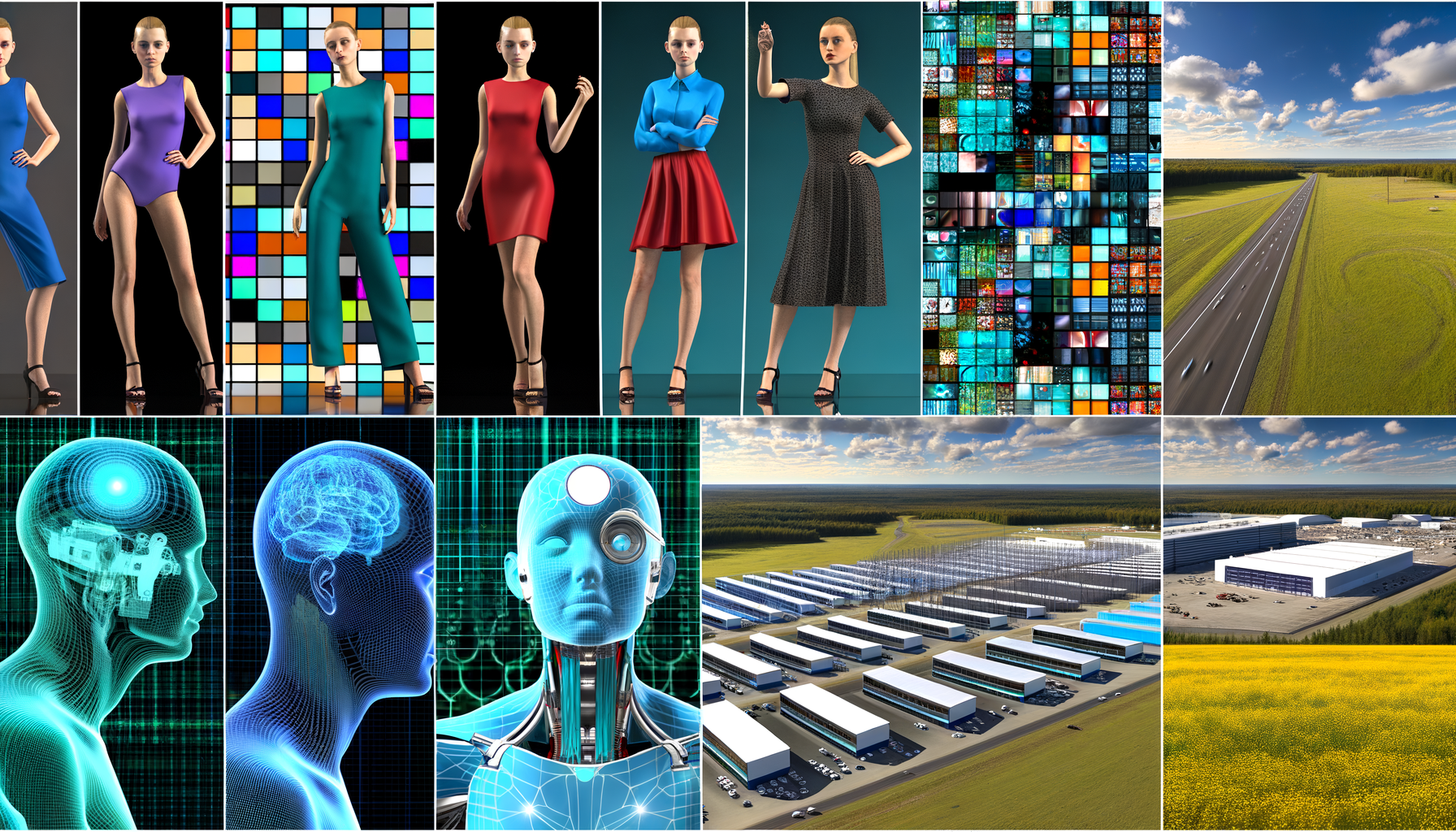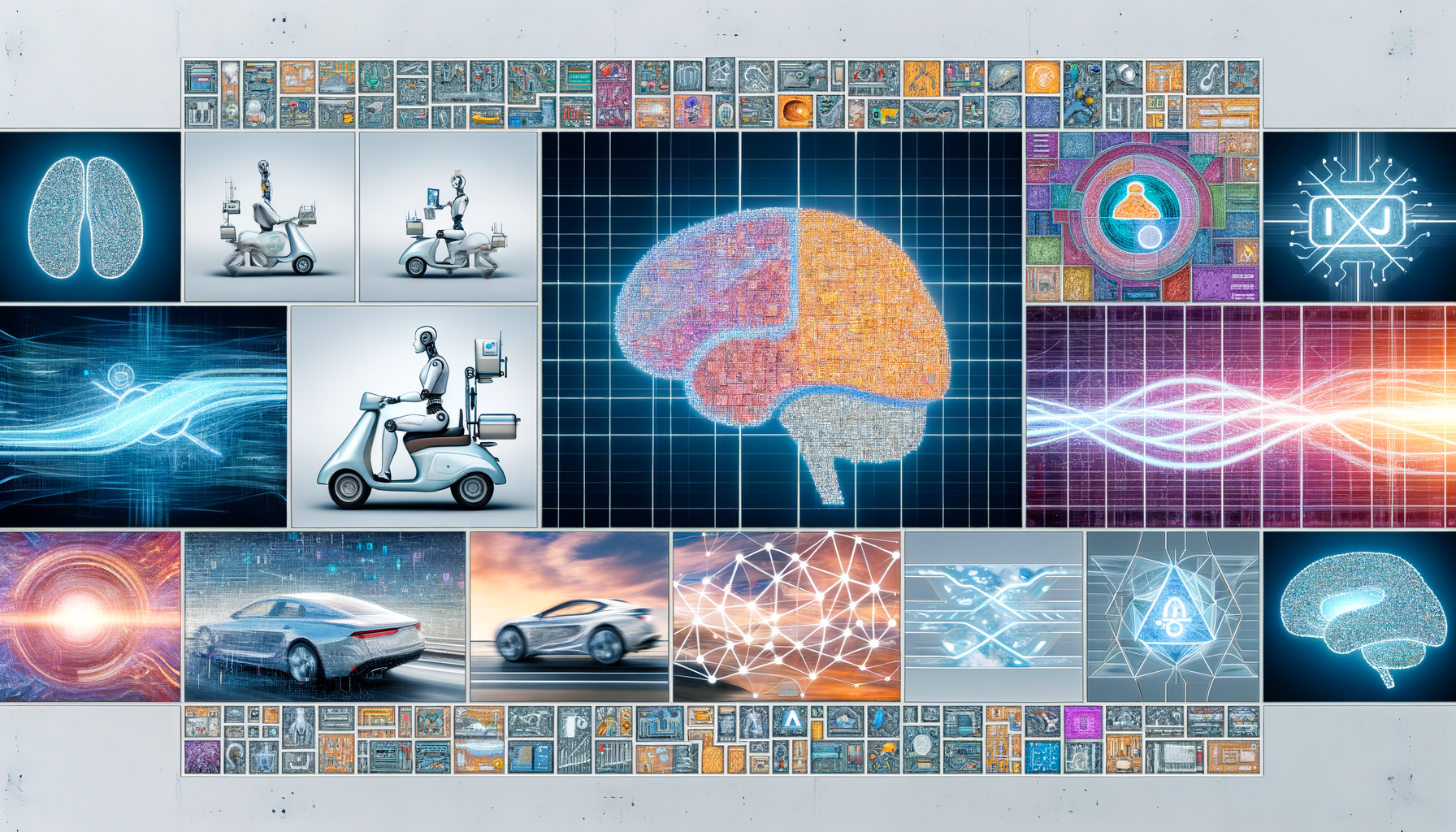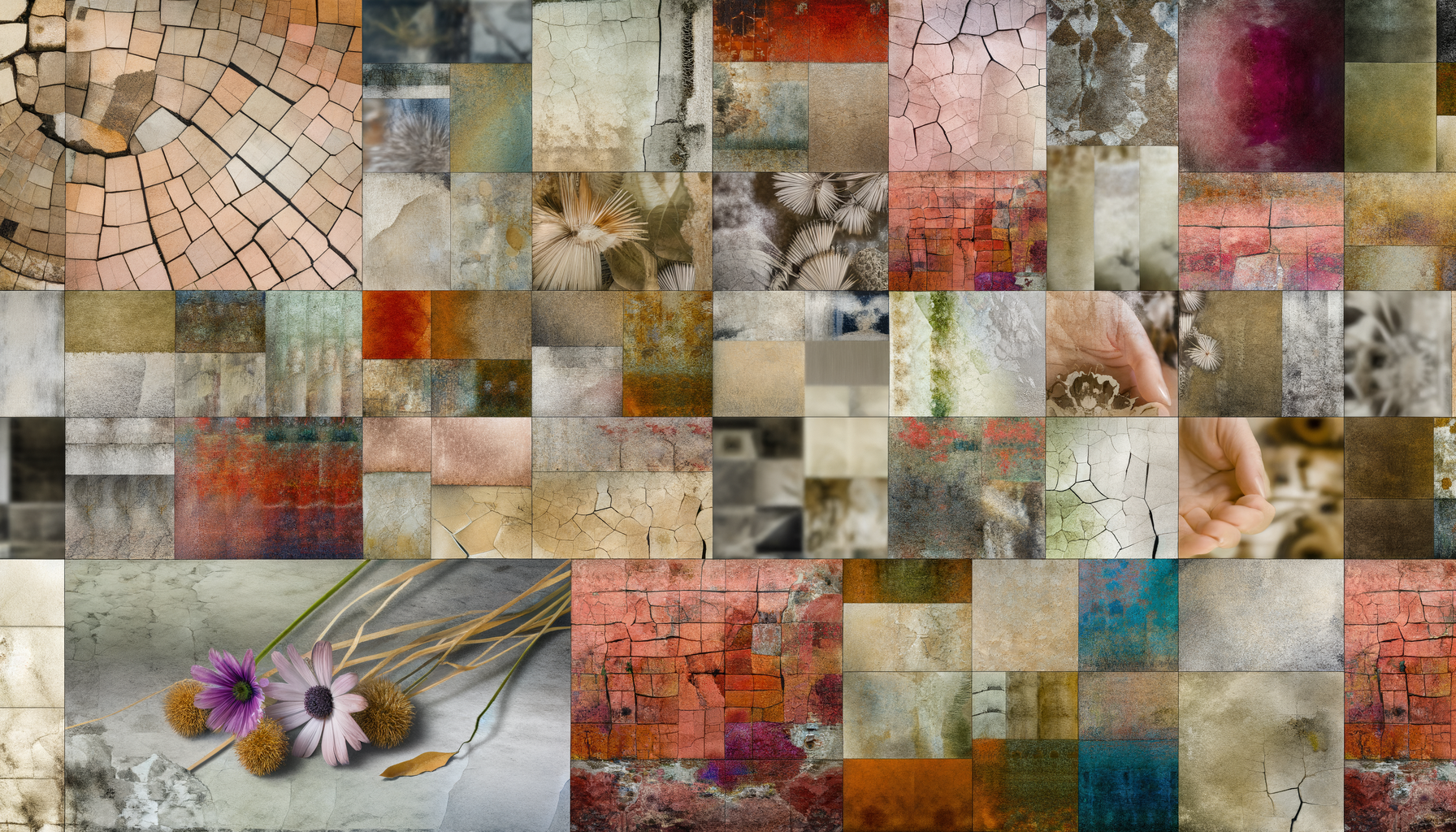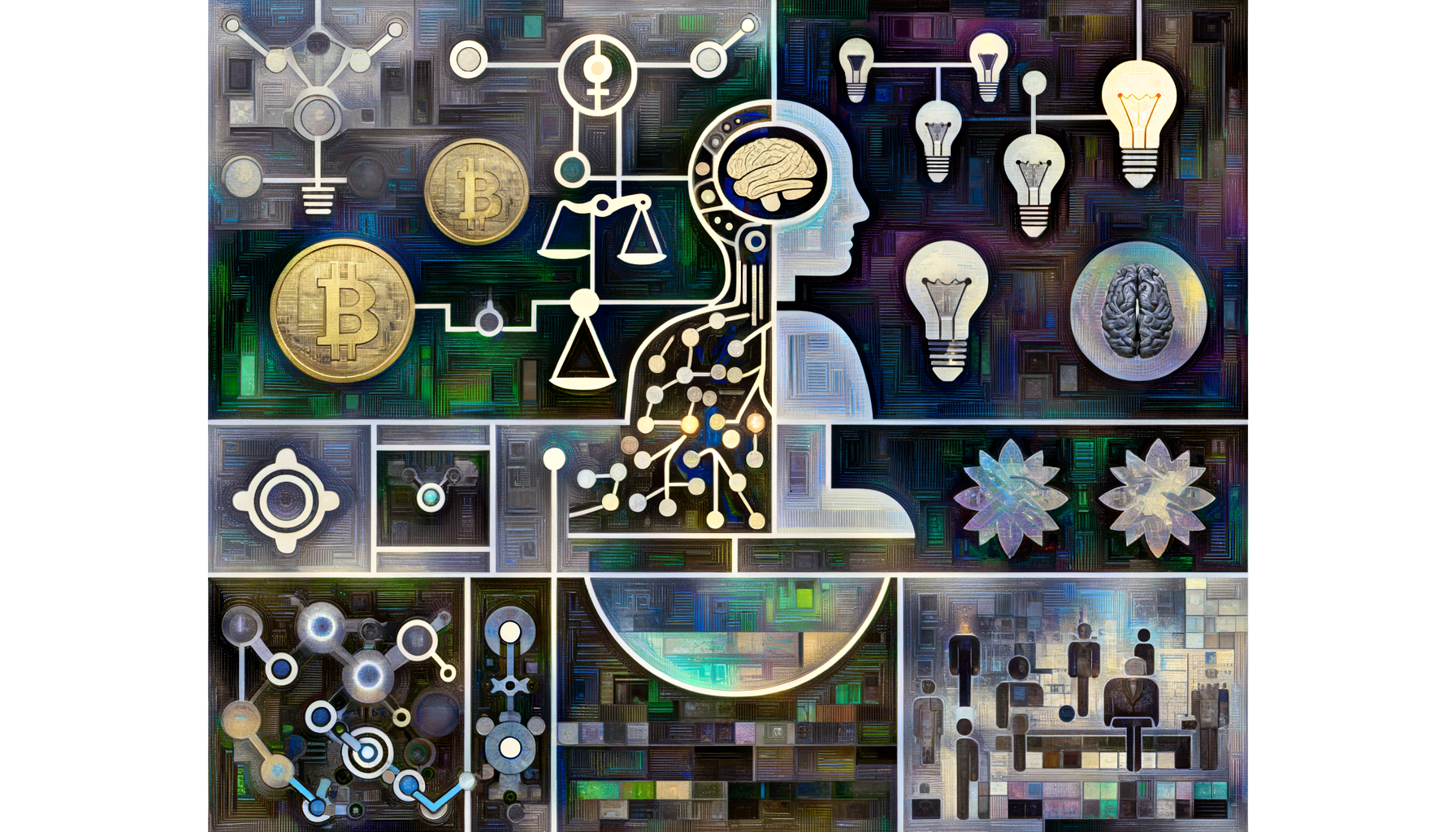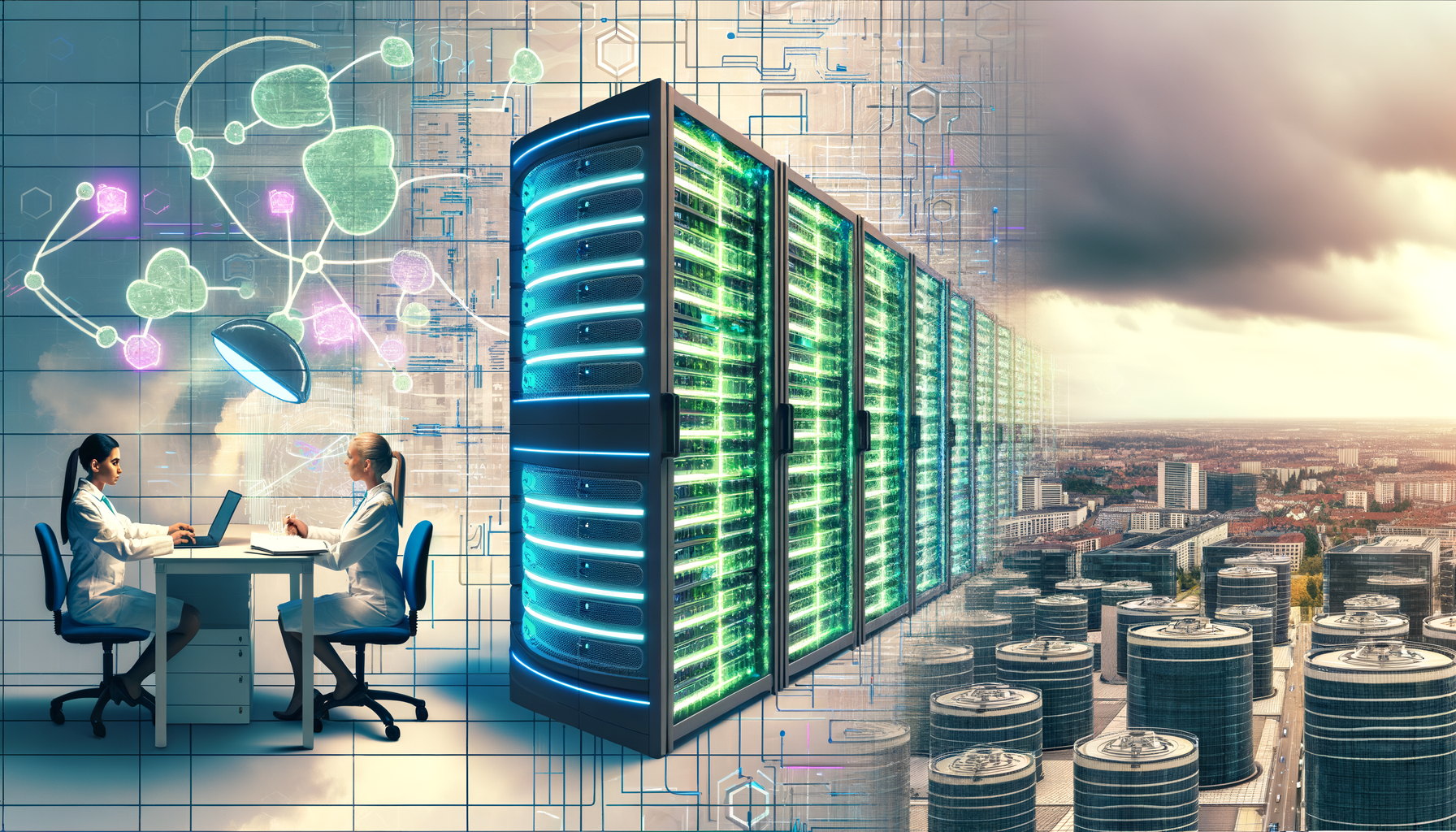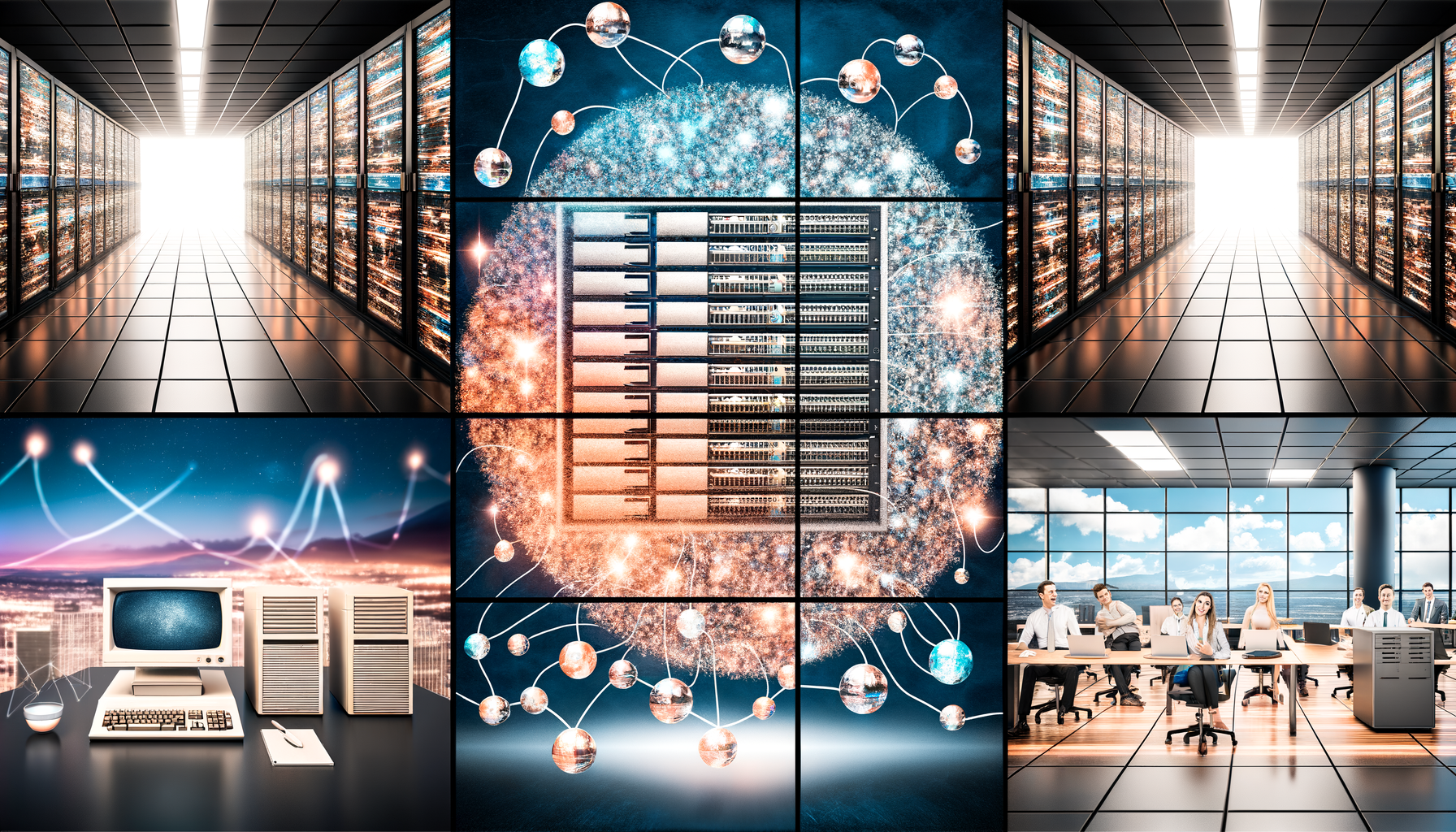Meta’s Head of AI Research Stepping Down
Joelle Pineau, who heads Meta’s artificial intelligence research division, has announced plans to step down from her position. This creates a significant vacancy at Meta as the company continues to heavily invest in AI technology. Pineau has been with Meta for 8 years and currently serves as VP of Meta’s Fundamental AI Research group.
Alibaba Preparing to Release New AI Model
Chinese tech and e-commerce giant Alibaba Group is planning to release Qwen 3, an upgraded version of its flagship AI model, as early as this month. This release represents Alibaba’s continued push into the competitive AI model space.
Meta’s AI Leadership Vacancy May Impact Investment Strategy
Joelle Pineau’s departure from Meta is creating concerns about the company’s massive AI investment strategy. As VP of Meta’s Fundamental AI Research group, Pineau has been instrumental in the company’s AI development, and her exit creates a high-level vacancy that may complicate Meta’s ability to compete in the AI space.
Meta’s AI Research Head Leaving Amid Billions in AI Investments
Meta is losing its AI research head, Joelle Pineau, at a critical time when the company is making major investments in artificial intelligence. Her departure may complicate Meta’s competitive position in the AI landscape as the company continues to pour billions into AI development.
Joelle Pineau to Leave Meta in May
Meta Platforms’ head of artificial intelligence research, Joelle Pineau, plans to leave the company in May. Her departure comes at a time when the tech giant is aggressively investing in AI technology, raising questions about the future direction of Meta’s AI research initiatives.

